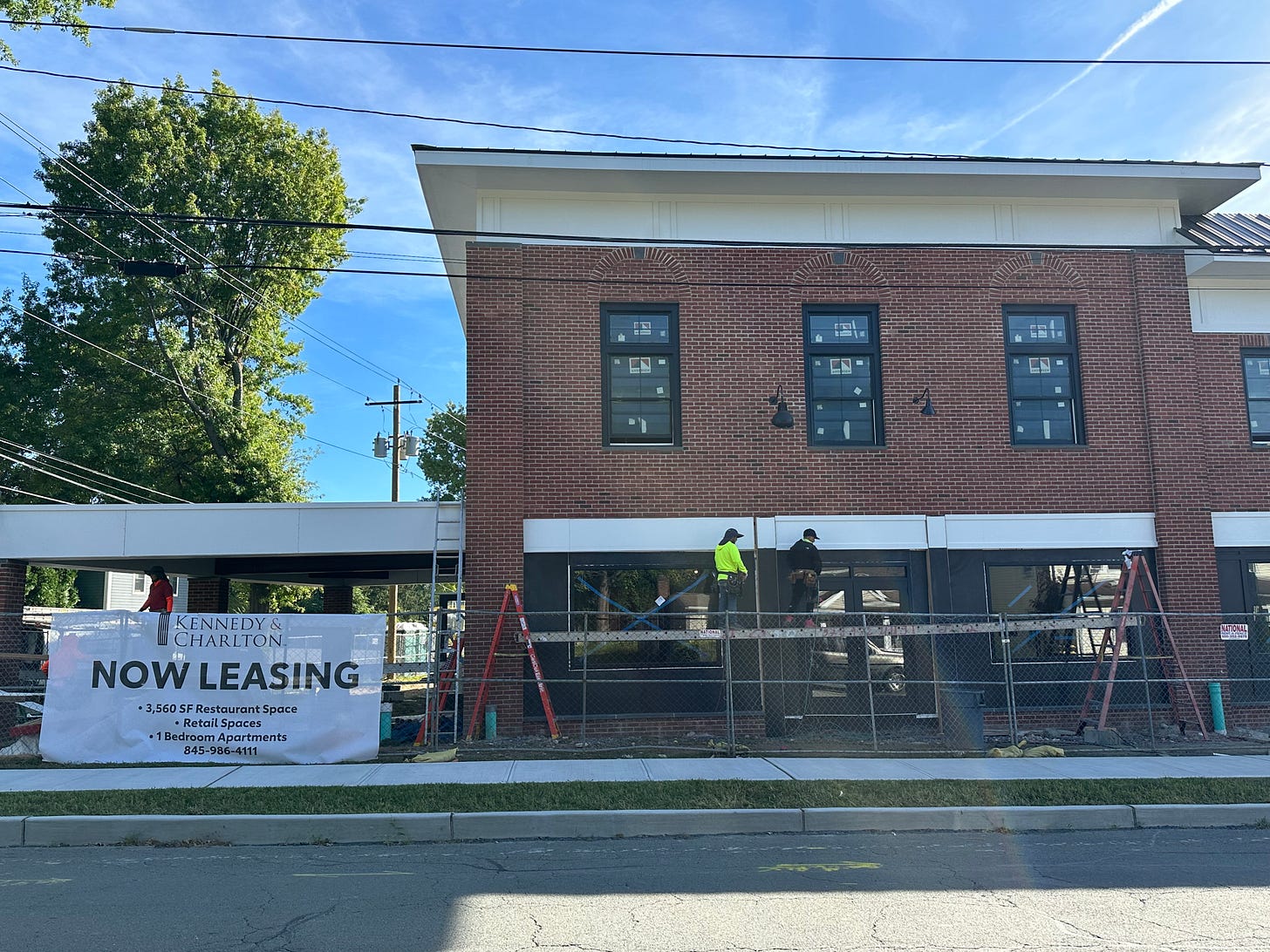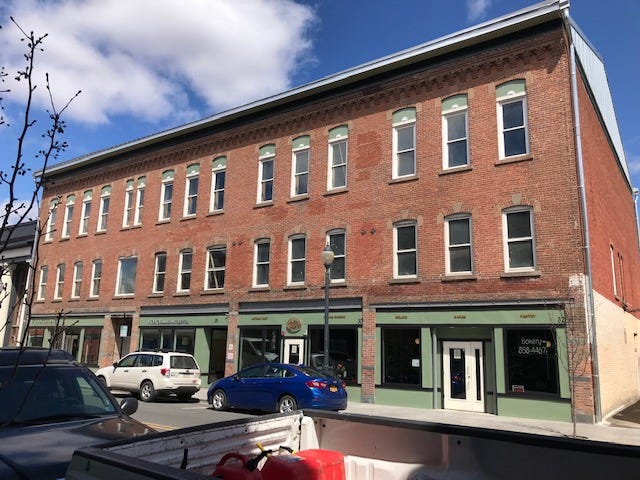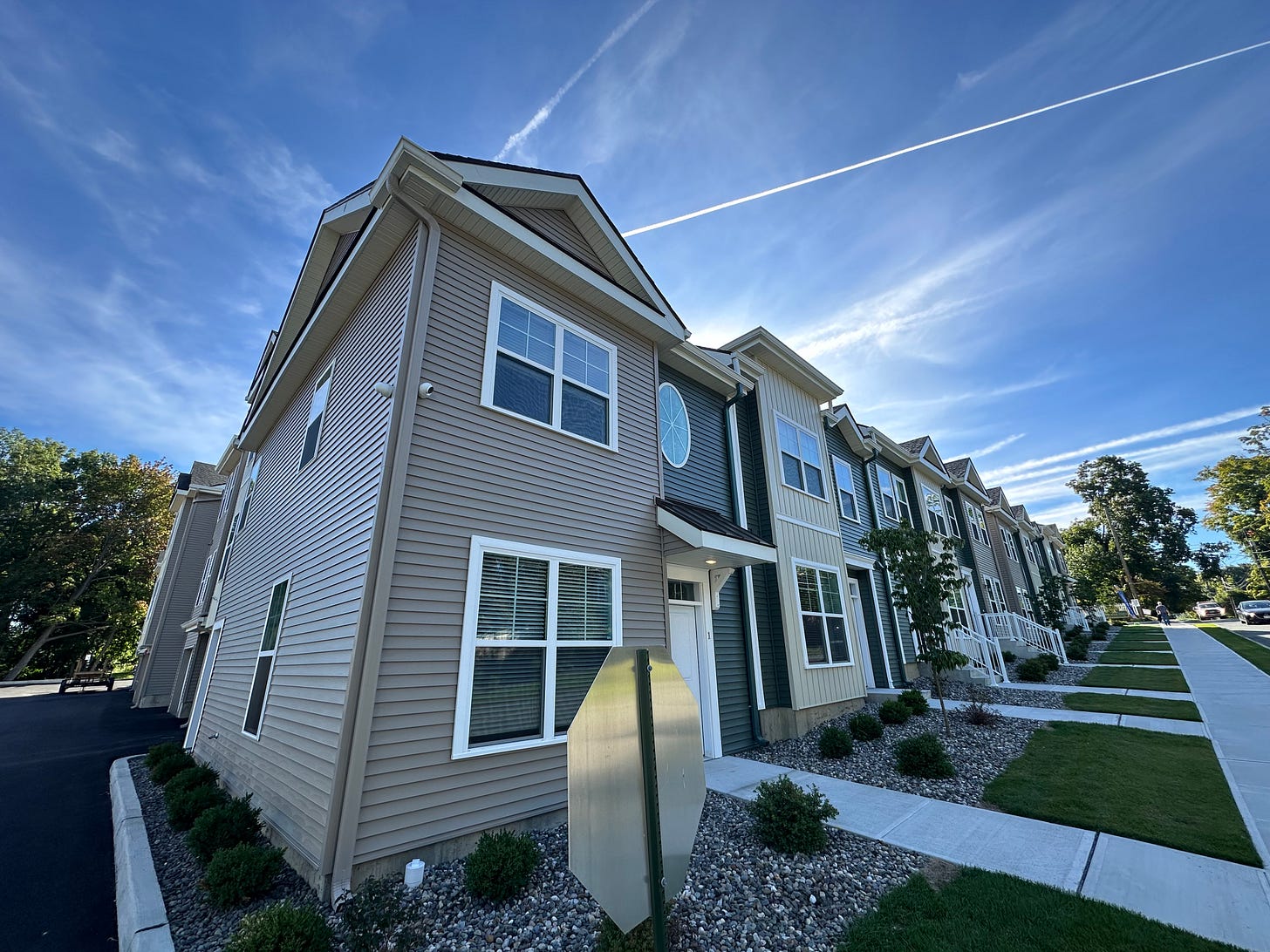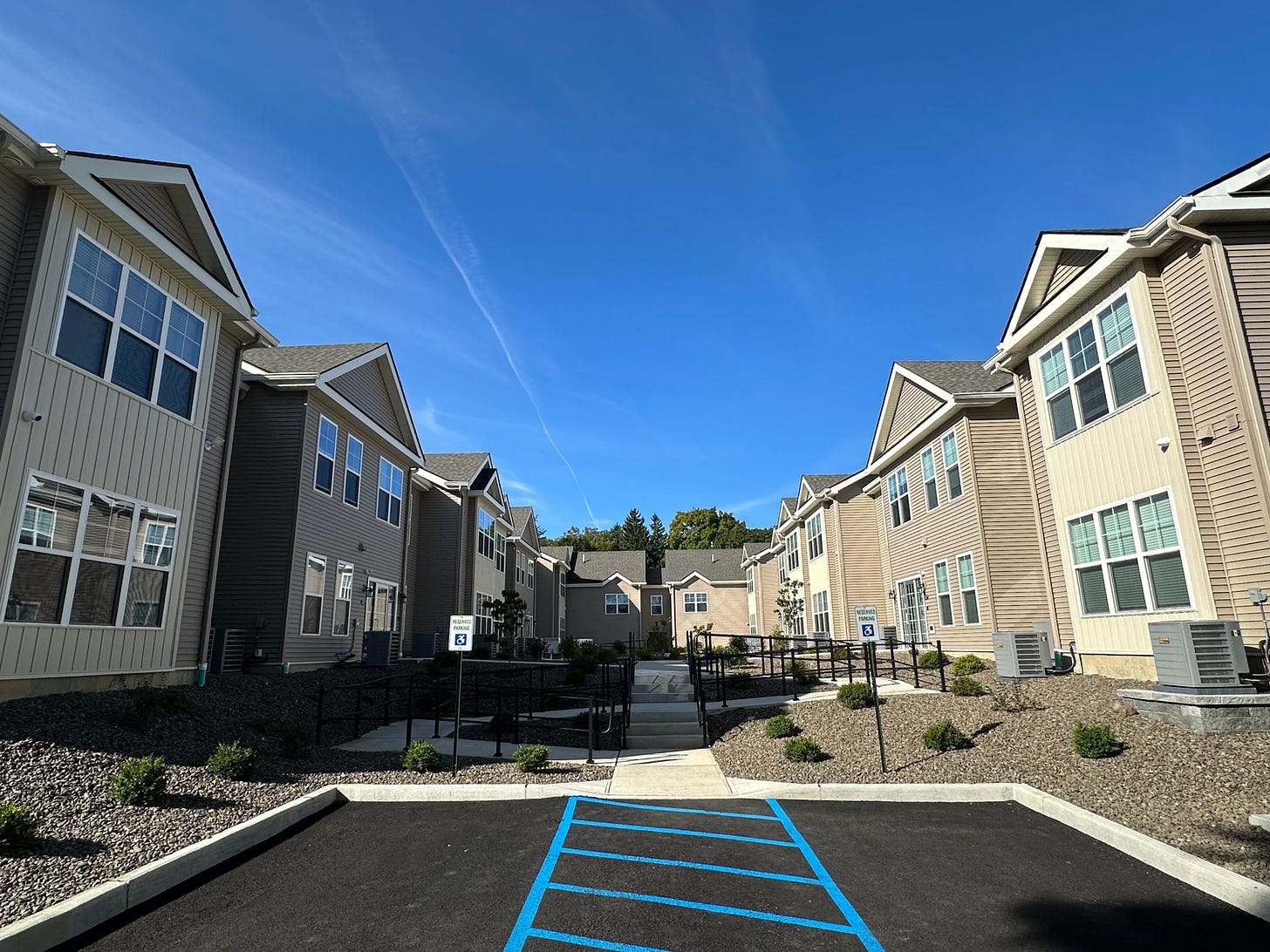Port Jervis Gets Pro-Housing Certified; Village of Warwick is on the Way
New York State Pro-housing Community Program certification is now required for $650 million in state grants. A municipality must have plans for or recent increases in housing

As housing shortages persisted, New York Governor Kathy Hochul signed an executive order in July of 2023 to launch the NYS Pro-Housing Community Program. To be eligible for any of several big state grants, totaling $650 million, certification in the program became a requirement. Over 300 municipalities have begun applications to the program, including the Village of Warwick, and Port Jervis is one of about 162 that have been certified.
“Anything we can do to assist the city in scoring for grant applications is to be considered,” said Valerie Maginsky, executive director of Port Jervis Community Development Agency, who pursued certification.
The Village of Warwick is in the process of applying for certification. To fulfill requirements, both Warwick and Port Jervis are using documentation of planning and zoning conducive to an increase in future housing.
For municipalities the program classifies as “upstate,” such as Port Jervis, if a community applies for certification based on recent housing increases, 1% housing growth during the past three years must be documented or .33% in the past one year. Alternatively, for certification based on potential for future new housing in the community, a resolution must be adopted, for which the program provides a template that includes these requirements:
1. Streamlining permitting for multifamily housing, affordable housing, accessible housing, accessory dwelling units, and supportive housing.
2. Adopting policies that affirmatively further fair housing.
3. Incorporating regional housing needs into planning decisions.
4. Increasing development capacity for residential uses.
5. Enacting policies that encourage a broad range of housing development, including multifamily housing, affordable housing, accessible housing, accessory dwelling units, and supportive housing.
“We’ll encourage housing availability and document units added every year,” Maginsky said, noting that adding 33 housing units over the next five years was projected for the Port Jervis. “Increasing housing by 1-3% I look at as goals over time, but we can’t tell investors to come.”
Meanwhile, the addition of many more residential units is in progress. The $10 million Downtown Revitalization Initiative (DRI) grant awarded to Port Jervis will, among other benefits, help fund two apartment buildings and residential space above storefronts.

The appetite for apartments above downtown storefronts was demonstrated when Jim Blanton and Dan Radtke bought and renovated a four-story condemned Front St. building, initially roped off as the roof crumbled. Four businesses now occupy the ground floor and have thrived for several years, including a vegan restaurant, Fogwood and Fig; architect Hector Baras, a restaurant supply store and Gio’s Gelato, 4000 square feet with three kitchens, two dining rooms and a bar. On the second, third and fourth floors, 12 apartments were created and quickly rented, Blanton said, and eight more will be constructed.

The building planned for a Dollar General parking lot at 103 Jersey Ave., with $2 million in funding from the DRI for the $12 million project, will have 36 “affordable” one- to three-bedroom apartments with innovative green technology, said co-owner Brett Gartner. A new building planned to replace 29 Front St. will have 32 apartments, said co-owner Cory Puopolo.
Other Port Jervis building owners are receiving DRI funding to convert space above storefronts to residential units. The cost of required sprinkler systems and entrance and exit improvements had been challenging without this funding, Maginsky said.
She predicts the resulting population increase will benefit the city.
“When contracts and projects start moving from the DRI, housing will increase population and use of businesses, services and trails,” she said, referring to the 60 miles of trails in the city’s watershed area, created and maintained largely by the Outdoor Club of Port Jervis.
Port Jervis had already been awarded the DRI grant when Hochul launched the Pro-Housing Program in July of 2023, but Maginsky said she applied for certification in July of 2024, aided by Laurie Powrie, assistant building official, in anticipation of other grant applications, such as the Community Development Block Grant.
Building official expertise is valuable for identifying what a community’s zoning codes allow for housing expansion. Village of Warwick Mayor Michael Newhard noted that Building Official Boris Rudzinski is assisting with their Pro-Housing Program application, as the Village prepares to apply for the New York Forward $4.5 million grant aimed at providing opportunities to enhance small communities, much like the Downtown Revitalization Initiative does for larger ones.
To apply for New York Forward, the Village must be certified for the Pro-Housing Program, but recent housing additions missed the right timing to qualify for the program, Newhard said. So the Village will pursue certification as Port Jervis did, using the required resolution and documenting plans, zoning and codes conducive to more housing.
Adding housing is challenging, Newhard said. “The Village is built out.”
He explained how recent housing additions came about.
At 75 Forester Ave., a 40-unit apartment building was constructed on a parking lot. Those apartments are in the process of being rented, said Building, Planning and Zoning Secretary Kristin Bialosky.

At 8 Forester Ave., a second story was added to an office building, and both floors will be used for apartments. A mixed use building is being built at 13 Forester, with a restaurant and three storefronts on the ground floor and three apartments above.
At the intersection of Brady Road and Sheffield Dr., Warwick Commons is planned to include 90 condominiums, but the project was started two years ago with site work and then stopped without application for a building permit, Rudzinski said. However, efforts have begun to move forward again, and the first of four sections of the project may be built within a year.
“They intend to install a foundation and footings before winter,” he said.
But Newhard concedes that what has been built recently “isn’t necessarily affordable,” with a one-bedroom apartment renting for $2500 per month. Rudzinski says the influx of residents competing for housing during the pandemic increased prices, but older housing, built before the 1980’s is somewhat more affordable.
However, Newhard said, “The Village Comprehensive Master Plan will speak to middle housing for people who work here or grew up here.”
The Village Board has applied for an $80,000 grant to hire a consultant for guidance in revising zoning to actualize the vision set forth in the comprehensive plan. As for the likelihood of receiving the grant, Newhard noted that their comprehensive master plan received acknowledgement from the New York Planning Federation for their outreach to Village residents from different sectors that rarely attend municipal meetings.
Among resulting changes, the revision may allow for more building height and use of upper floors, Newhard said.
“Accessory structures in specific zones may be possible, not on quarter-acre lots but larger ones,” he said. “When we redo the zoning, we’ll look at what is and the potential.”
Community focused news can only succeed with community support. Please consider the various subscription levels.



